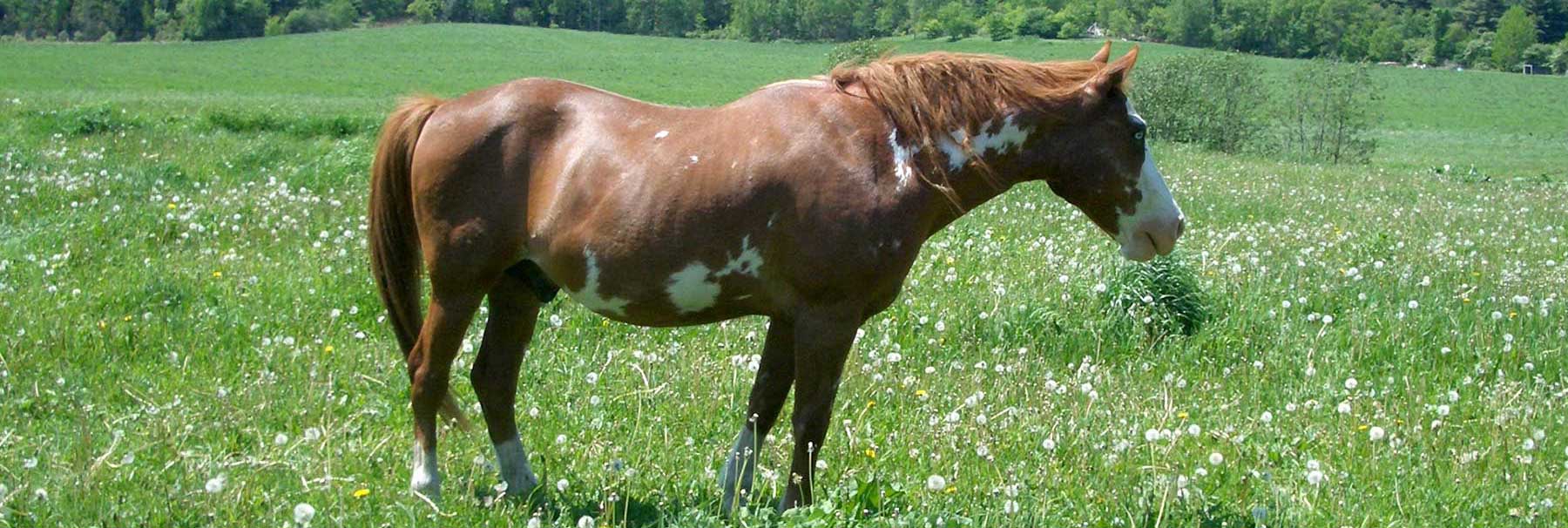
What Is Human-Animal Studies?
Human-Animal Studies is the multidisciplinary study of the complex relationships between humans and other animals, now and in the past. While we have long studied animals as we have studied humans, there was a gap: Outside of anthropology, scholars did not focus on the relationships between humans and animals.
Human-Animal Studies fills this gap. In historian Harriet Ritvo’s words, it provides a “respectful account of the omnipresence and the significance of the other animals with whom we share our own time and space”—and have for millennia. The field takes animals seriously as subjects, both of study and as beings in their own right, and recalibrates our human-centered biases.
Animal researchers have adjusted their biases, too, over the last few decades. Jane Goodall’s fresh perspectives on chimpanzees began a revolution in our understanding of animal intelligence. The title of Frans de Waal’s 2016 book encapsulates the changes: Are We Smart Enough to Know How Smart Animals Are? I love this title for its humility. De Waal explores how researchers have made assumptions about the non-human animals they studied, designed faulty experiments, and largely missed the point that other animals have sophisticated minds. Not lesser than or better than ours, but radically different. Different species have evolved with different cognitive tools to solve the particular problems they face.
Human-Animal Studies has benefitted from recent animal research like this and contributed to it, as well. The field has attracted scholars from across the arts and humanities, the social sciences, and the natural sciences. Not surprisingly, these diverse scholars explore a wide range of topics—animals and public policy, animal-assisted therapy in nursing homes, the treatment of farm animals, the human-animal bond, domestication, the use of dogs and horses to help people suffering from PTSD, the history of pet-keeping, wildlife conservation, the missions and practices of zoos, the representations of animals in literature and art, the health benefits of dogs and cats for children, and many, many more.
The field is relatively young and growing. There are now academic research centers in many countries, such as Japan, Australia, New Zealand, Switzerland, England, and the United States; international organizations like the Animals and Society Institute and the International Society for Anthrozoology; international conferences; research grants and fellowships; scholarly journals, such as Animals and Society and Anthrozoos; and an extraordinary array of books, including many that make the academic research accessible for general readers. The Animals and Society Institute started tracking academic programs in 2004. Fifteen years later, by their count, there are 13 certificate programs, 15 minors, 8 majors, and 30 graduate programs, including 4 Ph.D. programs.
There’s disagreement about what to call the field. Some confusion is built right into the name Human-Animal Studies, since, of course, we’re all animals. For some scholars and advocates trying to break down distinctions and hierarchies, this hyphenated name privileges the human. Another name, Anthrozoology, is a neat mash-up of anthropology and zoology and implies that knowledge of one blends with knowledge of the other. Though I love this name, it’s a mouthful. Other names include Animal Studies and Critical Animal Studies, but if you’re not part of the specialized conversation, you might not know what these names mean.
Since Human-Animal Studies communicates most clearly to people outside the field, I’m sticking with it—at least for now. Psychologist Hal Herzog, a leading researcher, states simply that, despite differences, “We all believe that our interactions with other species are an important component of human life and hope that our research might make the lives of animals better.”
Underlying Human-Animal Studies is a common ethic: To stop “disassociating” ourselves from other animals—as Ken Shapiro, a founder of the Animals and Society Institute, puts it. Human-Animal Studies also has roots in the environmental, animal welfare, and animal liberation movements and includes advocates as well as scholars. To see ourselves as one animal among animals—and to appreciate that nonhuman animals have shaped us as well as the other way around—potentially alters our interactions and relationships with the world. It’s painful that such profound intellectual shifts come at a time when human activity fundamentally endangers the environment we all share.
References:
Harriet Ritvo, “Defining Human-Animal Studies: The Animal Turn,” animalsandsociety.org, June 4, 2019.
Frans de Waal, Are We Smart Enough to Know How Smart Animals Are? Norton, 2016.
Hal Herzog. Some We Love, Some We Hate, Some We Eat: Why It’s So Hard to Think Straight About Animals. Harper, 2010.
Ken Shapiro, “Defining Human-Animal Studies: Naming the Field,” animalsandsociety.org, Mar 7, 2018.

